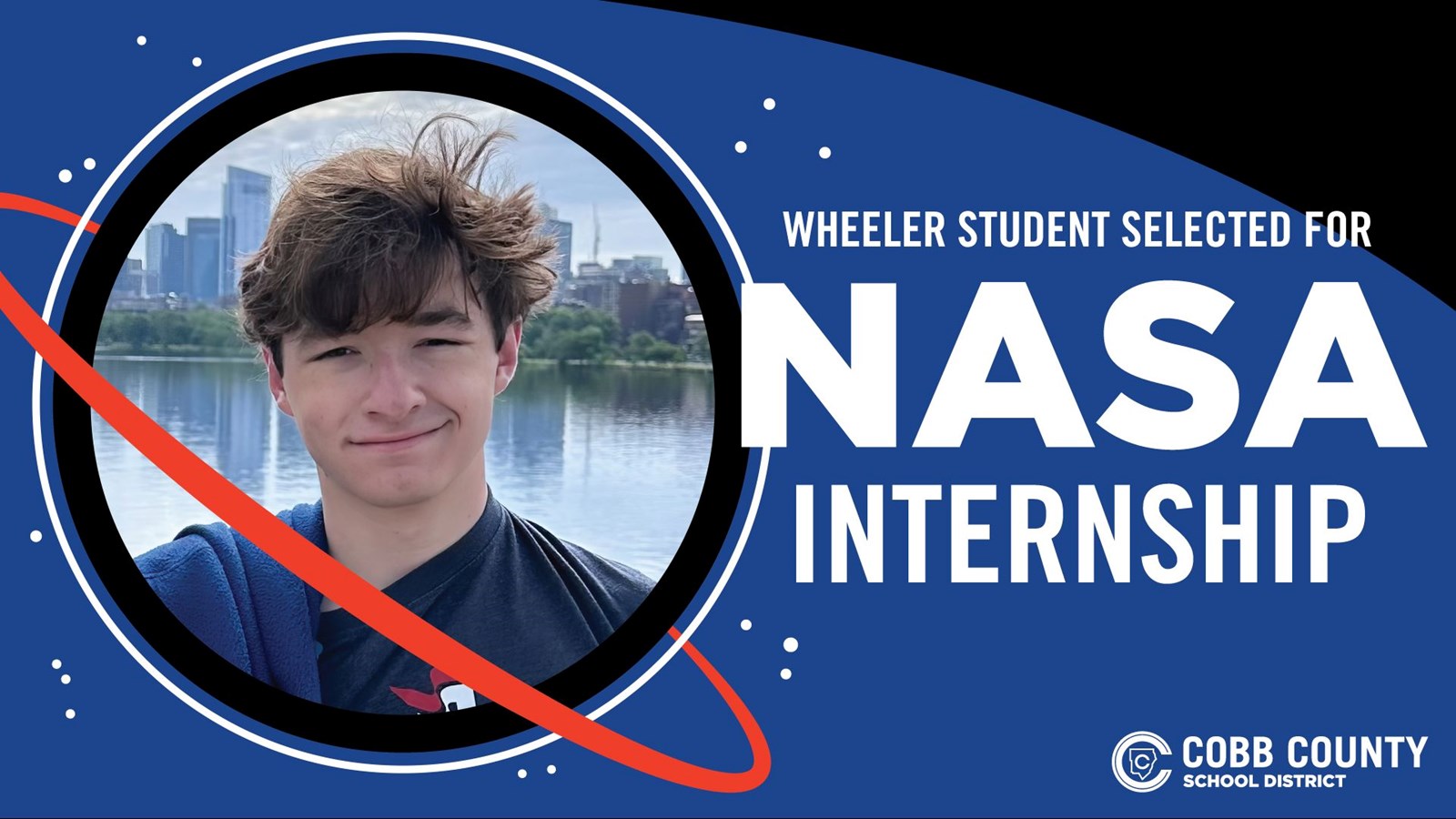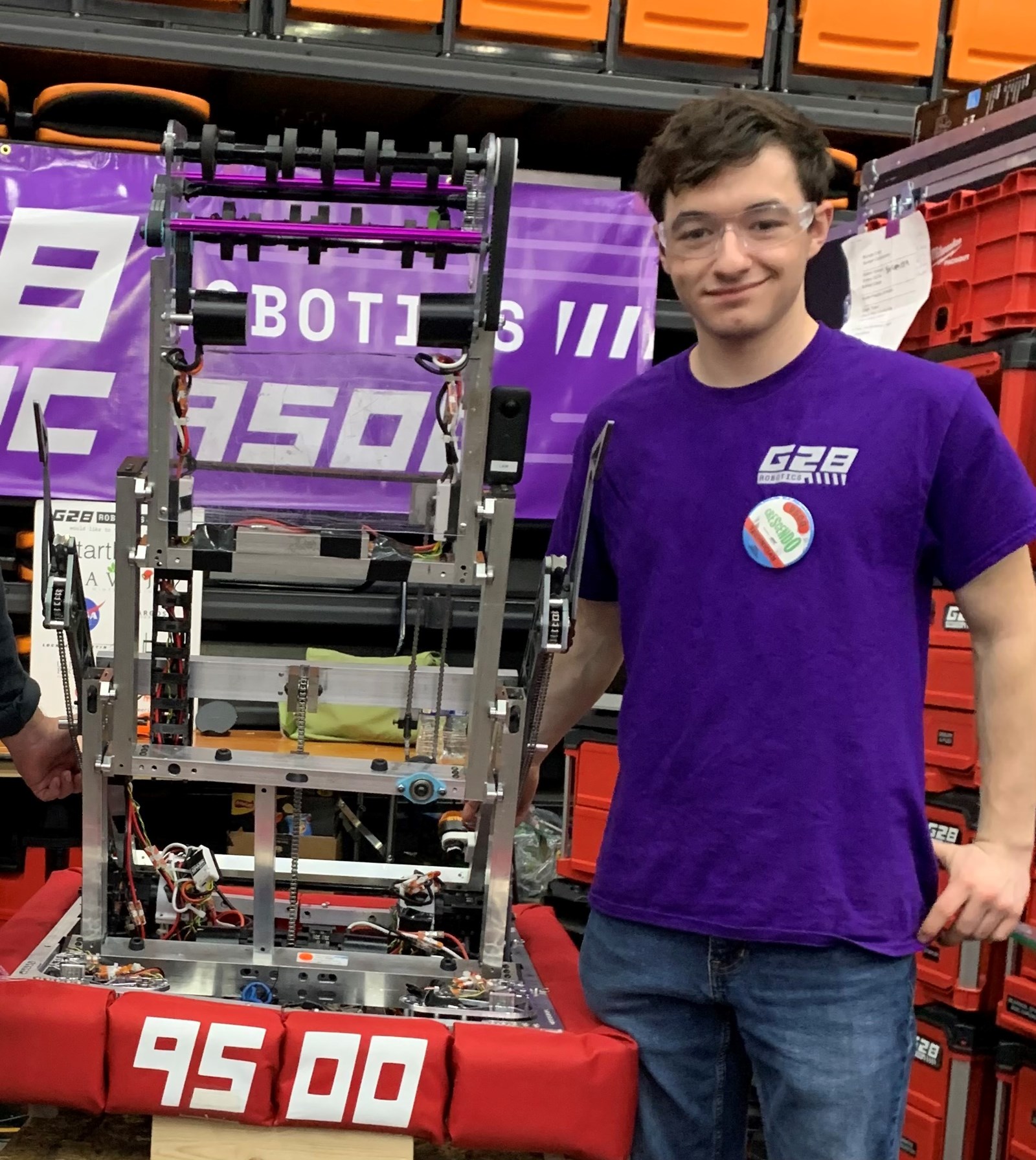Wheeler Student Selected for NASA Internship

This summer, Wheeler High School rising senior Jackson Frangos will engage directly with professional scientists and engineers at the cutting edge of space exploration. The Wheeler magnet student was selected for the prestigious NASA Student Enhancement in Earth and Space Science (SEES) summer internship. The virtual internship is sponsored by NASA and The University of Texas at Austin’s Center for Space Research. Almost 2,000 applications were submitted, and after the competitive selection process, Jackson secured one of only 100 virtual internship positions.
During his internship, Jackson and the other interns will work with scientists and engineers to conduct authentic research using data received from NASA’s earth-observing satellites to study air quality, landforms, mosquito-borne diseases, and astronomy. 
This nationally competitive program selects students who will increase their science, technology, engineering, and math knowledge through earth and space education. SEES is a collaborative effort between NASA and the University of Texas at Austin’s Center for Space Research.
The internships are organized around an aerospace or space science theme drawn from NASA’s diverse engineering and scientific research programs. The program combines the strengths of collaborators to enrich the teaching and learning of STEM.
Students work remotely with their project scientist to conduct hands-on activities, field investigations, collaborate with NASA scientists and engineers through science presentations, and work on various NASA missions.
According to the release announcing Jackson as one of NASA’s summer interns, “the Earth is a complex, dynamic system we do not yet fully understand. Like the human body, the Earth system comprises diverse components that interact in complex ways. We strive to understand the Earth's atmosphere, lithosphere, hydrosphere, cryosphere, and biosphere as a single connected system. Our planet is changing on all spatial and temporal scales.
NASA's Earth science program aims to develop a scientific understanding of Earth's system and its response to natural or human-induced changes and improve prediction of climate, weather, and natural hazards.”
Students selected will come together for the NASA SEES Virtual Symposium on July 22-24 to present the research findings to NASA scientists, NASA engineers, the public, and other NASA SEES participants. The SEES internship proves that the excitement students feel about space science is a critical step in enriching science, math, engineering, and technology. The internship will provide students the rare – and, for most, unique - opportunity to spend the summer working with professional scientists and engineers at the cutting edge of space exploration. The University of Texas Center for Space Research and the National Aeronautics and Space Administration sponsored this nationally competitive educational training for students.

